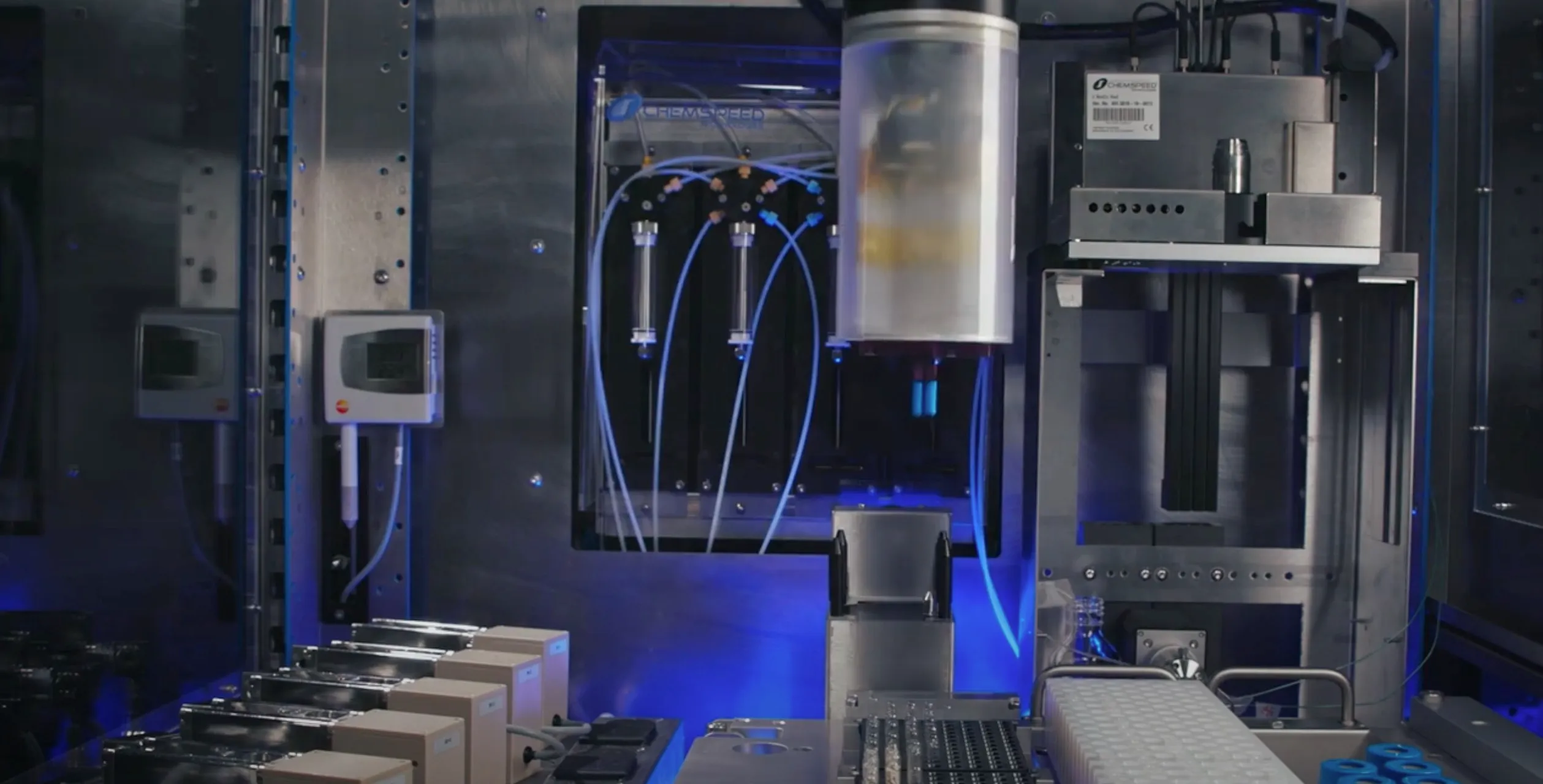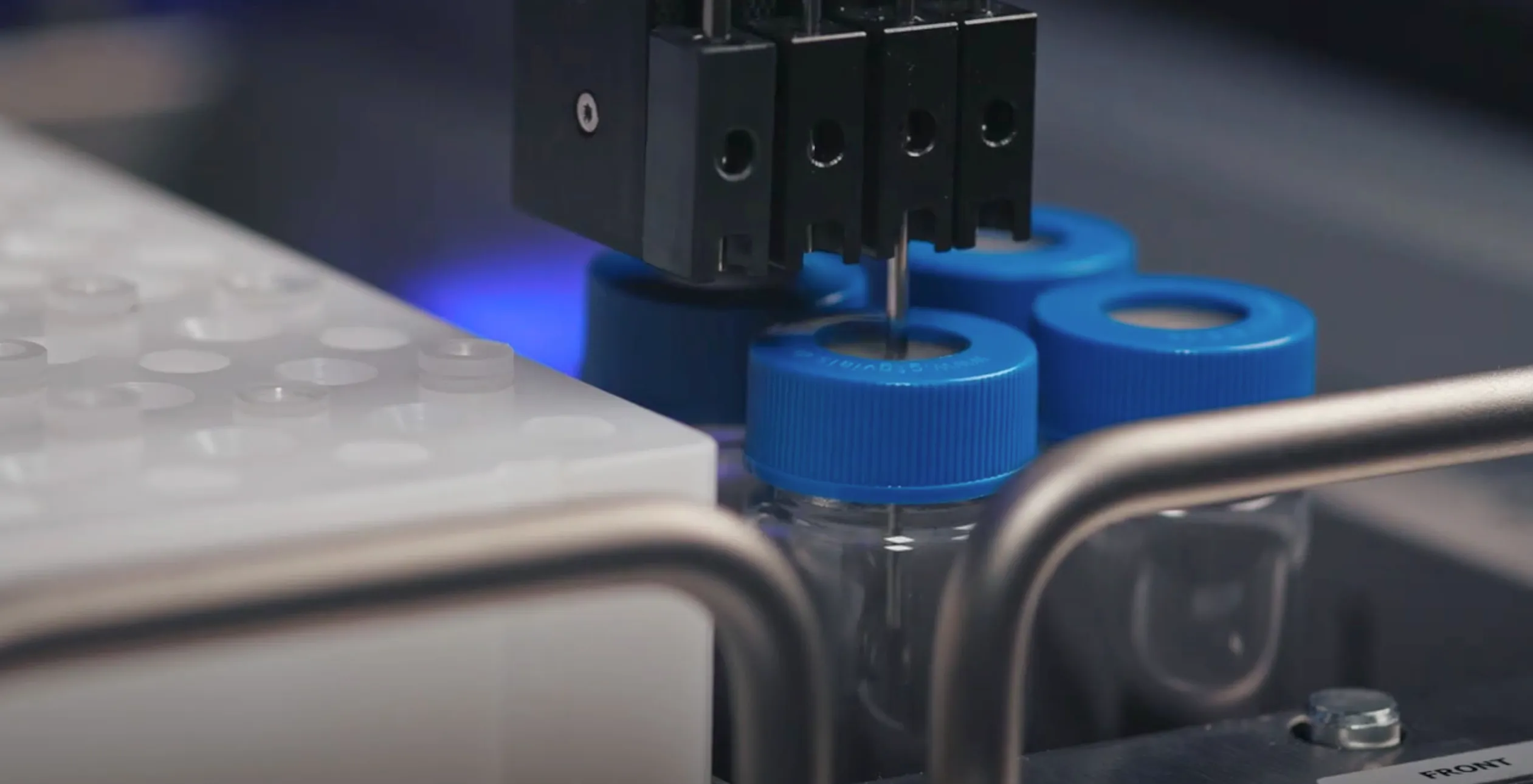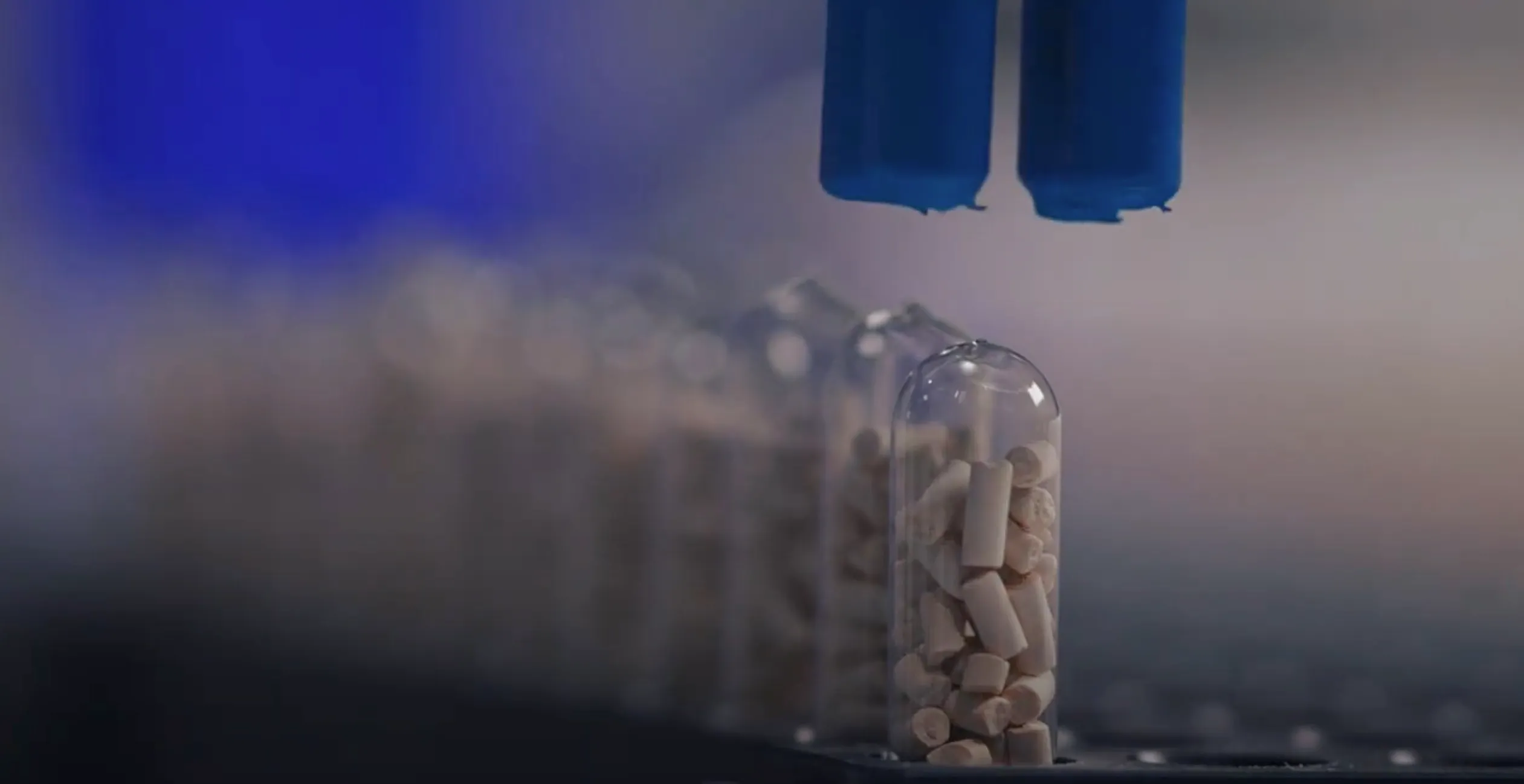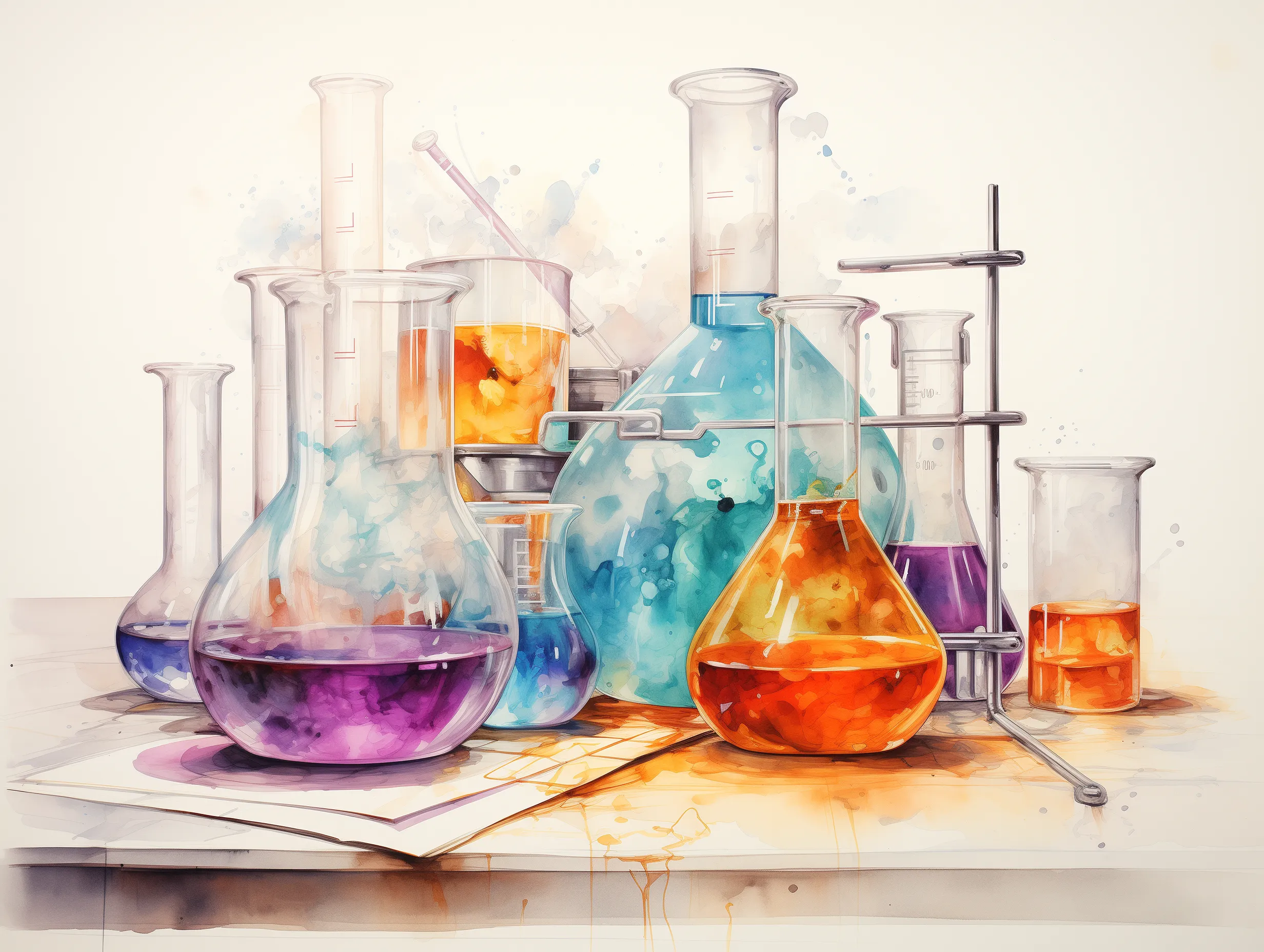
It was a real pleasure working on such an ambitious project, capable of having a significant impact on
the research and development of new chemical compounds that improve people's quality of life.
Here are some of the fields where this platform finds application:
Pharmaceutical Research
It aids in drug discovery by predicting and optimizing
the synthesis of complex molecules.
Materials Science
It supports the development of new materials by suggesting
synthesis routes for innovative compounds.
Educational Use
It serves as an educational tool for students and researchers in
the field of chemistry, facilitating the understanding of reaction mechanisms and synthesis
strategies.
The client provided us with their APIs for chemical synthesis, with the goal of creating an AI-based digital chemical laboratory, inspired by some ideas they proposed. After a careful UI/UX analysis, we laid the foundations for a project that, over the years, has evolved significantly, offering a wide range of tools to support traditional chemical laboratories.
We chose to use Angular to manage the complexity and scalability of the project, and as a design system Carbon Design, which allowed us to create interfaces aligned with the client's brand. We then implemented in .NET with the help of our partner Sintra an API stack that is used both by the web platform in headless mode and by third parties through a key that monitors usage.
The project started five years ago and is still active and continuously evolving. Thanks to the technological choices and the constant updates of the frameworks used, we have been able to keep the platform always up-to-date and high-performing. We paid great attention to the UX/UI to make the user experience as simple and intuitive as possible, considering the complexity and the number of features offered.
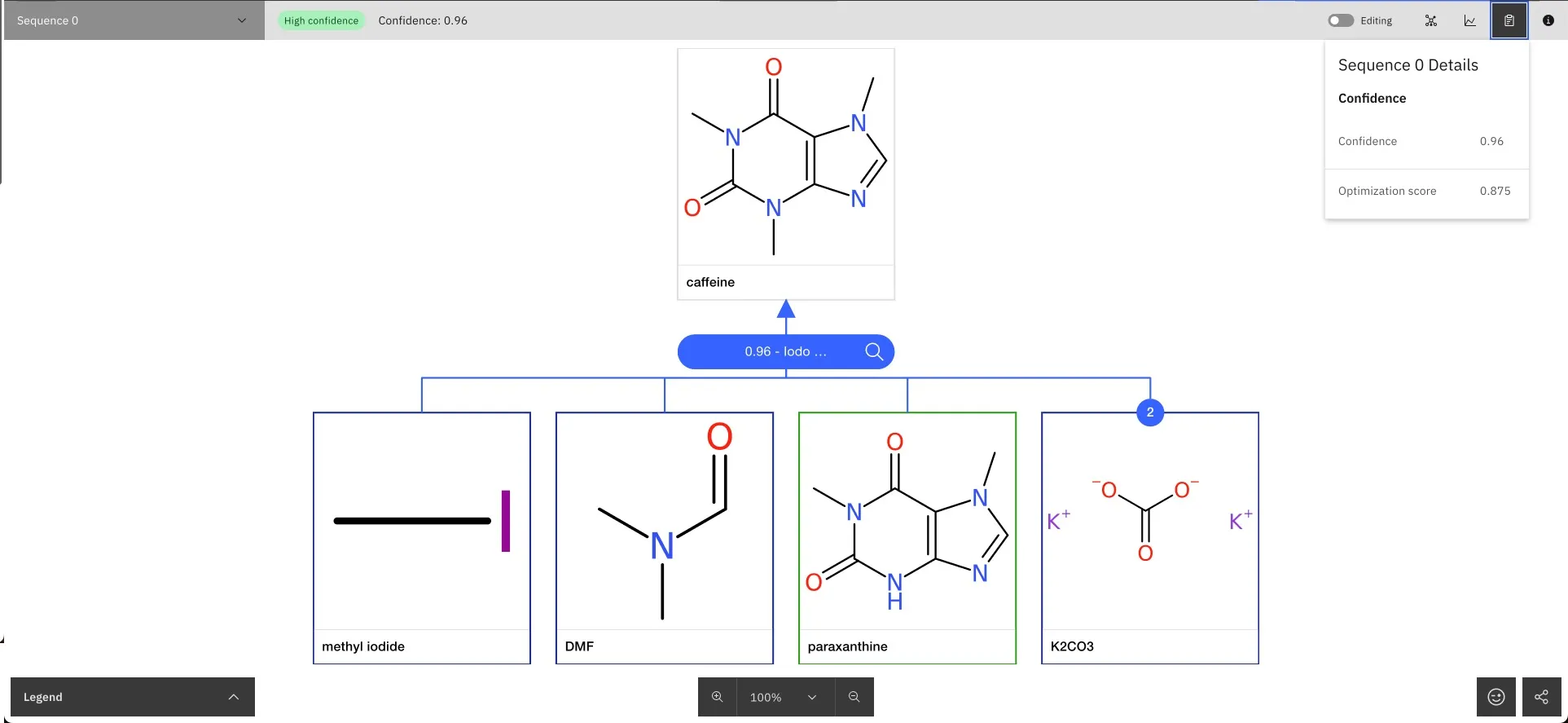
Reaction Prediction: The platform can predict the products obtainable from a given set of reactants, providing chemists with insights on possible outcomes before conducting experiments.
Retrosynthesis Planning: It can suggest step-by-step synthetic routes to produce a target molecule from available starting materials, a critical function for drug discovery and organic synthesis.
Reaction Condition Optimization: The simulator allows optimization of reaction conditions, such as temperature, solvents, and catalysts, to improve yields and efficiency.
Laboratory Robot: One of the platform’s most advanced features is its ability to interface with a real laboratory robot, allowing automated execution of chemical reactions, all generated by AI but under human supervision.
Intuitive Interface: The platform is designed with an intuitive interface, making it accessible to both academic researchers and industry professionals.
